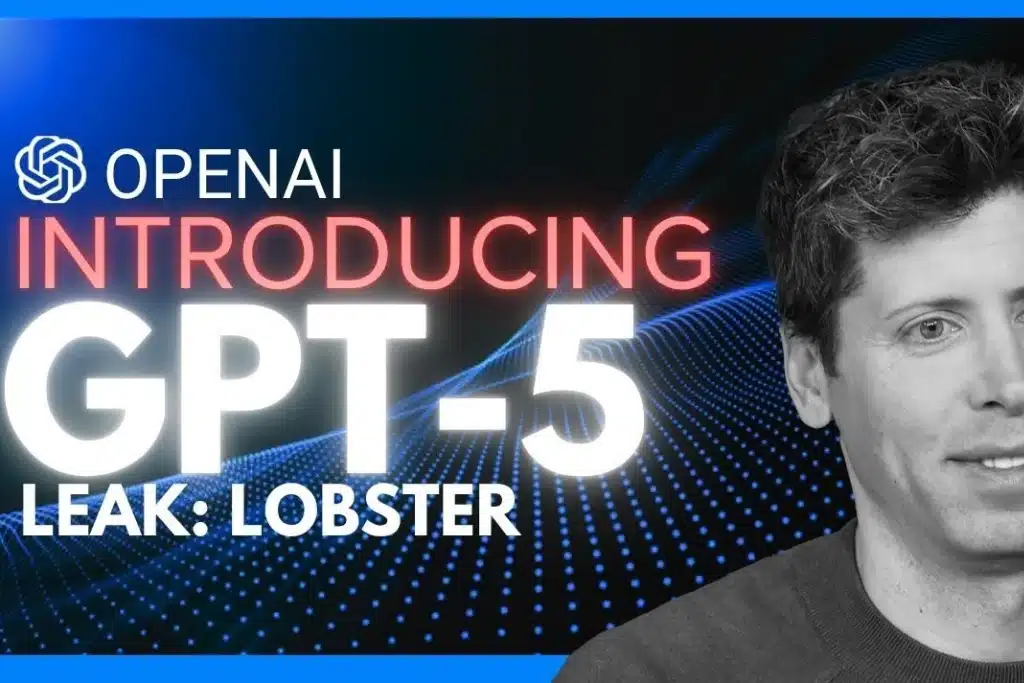OpenAI has unveiled its latest innovation—GPT-5 “Lobster”—and it’s quickly becoming the most talked-about development in artificial intelligence. Designed with a developer-first mindset, this free model is capable of not just writing code, but optimizing, analyzing, and generating applications with minimal human direction.
Lobster isn’t just an upgrade. It’s a purpose-built AI model for coding and technical problem-solving, delivering next-level capabilities to everyone from solo developers to enterprise engineers.
Why Lobster Deserves Attention
OpenAI’s GPT-5 Lobster is engineered to handle high-demand coding tasks using minimal input. Its standout performance in early benchmarks reveals a system that understands context, adapts to user needs, and outputs ready-to-use code with unmatched speed and accuracy.
Key Features:
- One-shot code generation with minimal instructions
- Legacy code refactoring for cleaner, faster, modern applications
- Automated dependency management for complex projects
- Visual and functional application generation, including games, UI prototypes, and simulations
These features reduce developer burden significantly, allowing teams to shift their focus from routine work to strategic innovation.
Going Beyond Traditional Programming
What sets Lobster apart isn’t just its coding capability—it’s the breadth of problems it can solve. This model brings AI-driven solutions to traditionally complex areas like:
- Robotics – helping design logic flows and control systems
- Machine learning – automating training and evaluation pipelines
- Data analysis – generating scripts for visualization, modeling, and real-time insights
- Software UI design – building customized interfaces from textual prompts
The common thread across these use cases is reasoning power—something Lobster excels in thanks to its GPT-5 foundation and targeted design improvements.
Read Also: OpenAI’s GPT-5 Shines in Coding Tasks, Surpasses Past Models
Free Access for All: A Bold Move by OpenAI
In a landscape where cutting-edge AI tools are often paywalled or enterprise-locked, OpenAI’s decision to release Lobster as a free model is both surprising and strategic. This not only boosts accessibility but also gives developers at every level a taste of what next-gen AI can do.
OpenAI is currently refining Lobster and other GPT-5 variants through its LM Marina testing platform, gathering real-world feedback to optimize capabilities before broader rollout.
Multi-Tiered Access Incoming
Reports suggest OpenAI may launch different levels of access:
- Free version for core features and personal projects
- Developer plan with API support and extended memory
- Enterprise edition with deeper integrations and high-volume capacity
This framework allows for inclusive experimentation while preserving infrastructure for more advanced use.
How Lobster May Disrupt the Coding World
Imagine a tool that understands your intention, writes accurate code on the first try, and improves existing software—all without endless trial-and-error.
That’s what GPT-5 Lobster is delivering.
It’s not just an assistant. It’s a true coding companion, equipped to:
- Slash development time
- Increase deployment reliability
- Handle repetitive engineering tasks
- Collaborate with humans in real-time development environments
As more developers test it across platforms, use cases will likely explode, from indie game development to AI-powered automation systems.
Final Thoughts: A Glimpse Into AI’s Real Future
OpenAI’s GPT-5 Lobster isn’t just a prototype or a demo—it’s a working AI tool available to the public, capable of assisting or even leading development processes. Its free access model, combined with high-performance capabilities, positions it as a major player in the future of coding.
Whether you’re debugging legacy code, building machine learning apps, or exploring robotics, Lobster gives you the AI muscle to tackle challenges with speed and precision.
It’s not just about what AI can do—it’s about what developers can achieve with it.


